A Mt Compass “Cup” of a different kind:
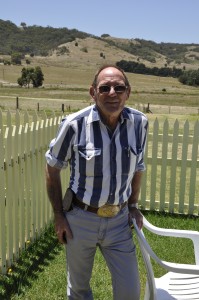 He was nimble enough as a slim, small waiter delivering a tray of coffees and cake, but it was bandy legs which hinted at a former life in the saddle.
He was nimble enough as a slim, small waiter delivering a tray of coffees and cake, but it was bandy legs which hinted at a former life in the saddle.
And there were other telltale signs too. Barry Gottfried wore a fancy, expensive cowboy’s belt, which seems incongruous in the setting – serving tables on the terrace of Mt Compass Café where we now sit admiring stunning views over the Nankita Hills.
We have come to Mt Compass at noon to see the only cow race in Australia to discover it is at 6pm tonight! So, we settle for venison pies, coffee and cake at the Café. Surely the waiter would fit right into the scenario we just left – across the road at the Mt Compass Cow Race on the oval.
Instead that big, buckled belt embossed as it is with bull horns begs the question “Where did you get that fancy belt?’’
“I was a rodeo rider for many years and seven times South Australian bull-riding champion,’’ says Barry, who is clearly proud of his past.
“The Jervois Rodeo gave the belt to me. Three years in a row I won Jervois’s bull ride and the belt was a gift.’’
He has the petite body of a jockey and he reads my thoughts: “We little fellas do better than the big blokes on bulls because we have more control over the top of our body.
“But you always get bucked off.’’
He says it saddens him rodeos are a dying sport because of high insurance premiums.
“There is one today at Wilmington, but I haven’t mounted a bull for 40 years.’’
In Spain, of course, he would be a celebrity bull fighter, but he reckons rodeos are a forgotten sport in Australia.
“There’s one today at Wilmington, but insurance premiums are too high.’’.
Who was the meanest beast he ever rode? “Red Ned was the meanest beast and a South Australian champion bull,’’ says Barry.
“He didn’t like me one bit.’’
Barry, 71, says he and his younger wife, Erica bought the Mt Compass Café in November last year.
“Erica was a chef at the Middleton Hotel, but with those hours she was never home and it was hard with three teenage children,’’ he says.
“I am their step-father, but they still wanted their mother with them.’’
And as he delivers our venison hamburgers and a venison pie for our friend, he says:
“You won’t find a better venison pie anywhere in the world. She’s a champion cook and only has a few more hours to qualify as a fully trained chef.’’
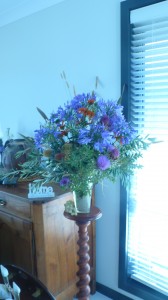 Last week I shared how sweet it was to gather olive branches and thistles from the roadside on our wedding anniversary. And here is the result – a free, floral arrangement which lasted a week in our living room.
Last week I shared how sweet it was to gather olive branches and thistles from the roadside on our wedding anniversary. And here is the result – a free, floral arrangement which lasted a week in our living room.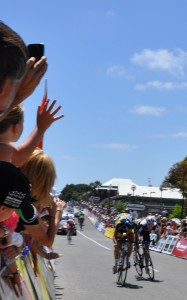
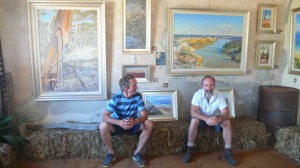 People flock to Kangaroo Island to see the wildlife and landscape, but it only when you stop to meet the locals, that their stories reveal its human face and how 10 per cent of the population are artisans.
People flock to Kangaroo Island to see the wildlife and landscape, but it only when you stop to meet the locals, that their stories reveal its human face and how 10 per cent of the population are artisans.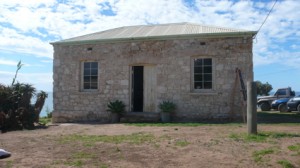 Bryon. Richard adds how it didn’t take long for the lone artist, painting en plain air on Kangaroo Island for a local girl to show interest, not only in his work, but also in him. And now he is a permanent resident.
Bryon. Richard adds how it didn’t take long for the lone artist, painting en plain air on Kangaroo Island for a local girl to show interest, not only in his work, but also in him. And now he is a permanent resident.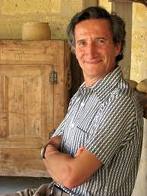 There is something magic about Kangaroo Island which lures unsuspecting people and its raw beauty entices them to stay.
There is something magic about Kangaroo Island which lures unsuspecting people and its raw beauty entices them to stay.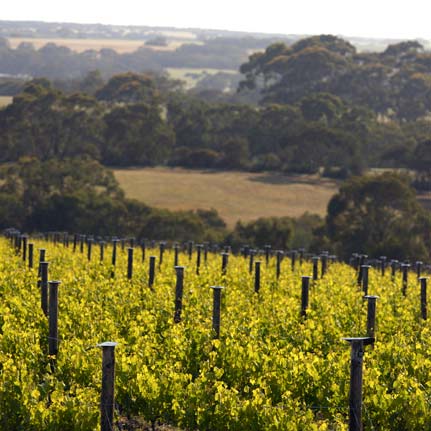
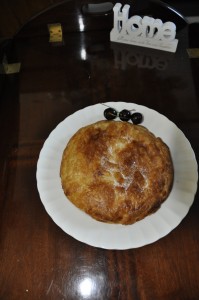 gathering of the family and inside the cake a bean is inserted and whoever finds it, is king for the day – or Queen. For contemporary French children, mothers insert a small ceramic toy which cannot be swallowed, but the old tradition was to insert a dried fava bean, and to this day whatever is found is still called “la feve’’
gathering of the family and inside the cake a bean is inserted and whoever finds it, is king for the day – or Queen. For contemporary French children, mothers insert a small ceramic toy which cannot be swallowed, but the old tradition was to insert a dried fava bean, and to this day whatever is found is still called “la feve’’